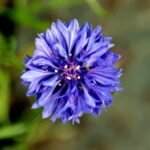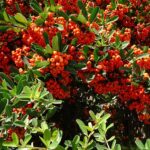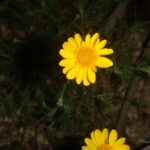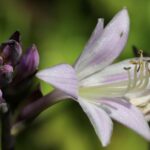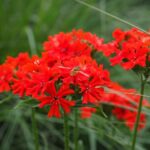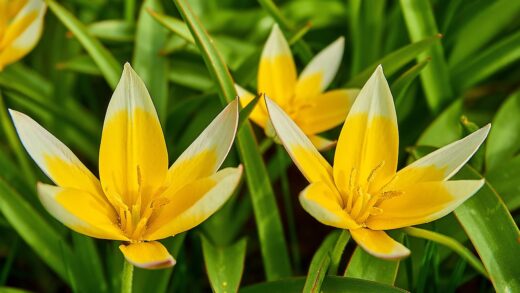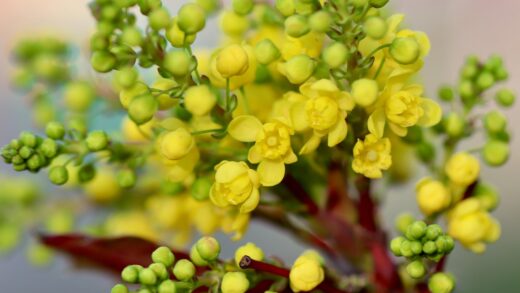Pruning and cutting back of Persian onion
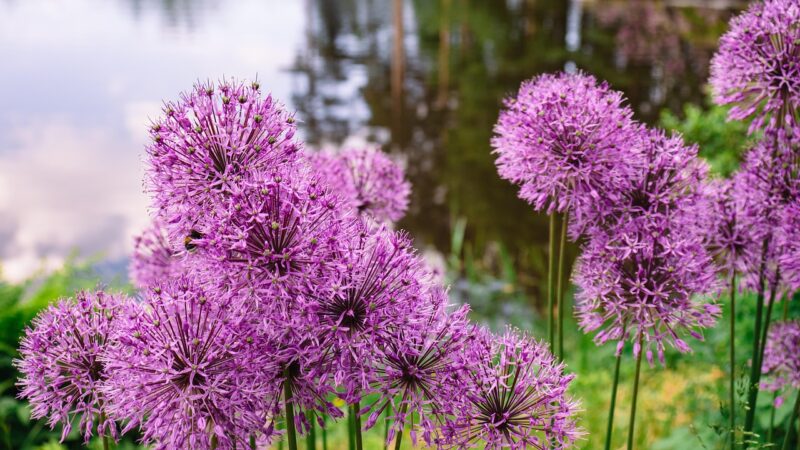
The term “pruning” can be misleading when applied to bulbous plants like Allium aflatunense, as they do not require the kind of formative shaping or size reduction associated with shrubs and trees. However, understanding when and what to cut back is a crucial aspect of their care, directly impacting the plant’s health and its ability to return year after year. The management of the foliage and the flower stalk after the bloom has faded is a topic of frequent debate among gardeners. Making the correct decisions during this post-flowering period is essential for ensuring that the bulb can properly recharge for the next season’s performance. This article clarifies the appropriate practices for cutting back the Persian onion, ensuring you support the plant’s natural life cycle for long-term success.
Understanding the purpose of cutting back
For Allium aflatunense, the main reasons for cutting plant parts are primarily for garden aesthetics, to direct the plant’s energy, and for sanitation. Unlike pruning a rose bush to encourage new blooms, cutting back an allium does not stimulate further flowering within the same season, as the plant produces only one flower stalk per bulb each year. Therefore, any cutting that is done must be carefully timed to align with the plant’s natural energy cycle, which involves absorbing nutrients through the leaves to store in the bulb for the following year.
The most common question revolves around the spent flower stalk. Once the vibrant purple color has faded from the flower head, the gardener has a choice. Cutting the stalk off at the base is a form of deadheading. The primary purpose of this is to prevent the plant from expending its energy on producing seeds. By removing the developing seed head, you are signaling to the plant to redirect all of its post-flowering energy resources back into strengthening and enlarging the bulb, which can lead to a more robust display in the subsequent year.
Conversely, many gardeners choose not to cut the flower stalk immediately. The dried, spherical seed heads of Allium aflatunense are highly architectural and can provide significant visual interest in the garden for many months, lasting well into the autumn and even winter. Their strong, skeletal structure can catch frost beautifully and adds a different textural element to the garden border long after their color has gone. In this case, the purpose of not cutting back is purely aesthetic, though it does come at a small energy cost to the bulb.
The other major component to consider is the foliage. Cutting back the leaves is a topic with very clear rules that are critical to the plant’s survival. The broad, strap-like leaves are the plant’s solar panels and food factories. Understanding their role is key to knowing when—and more importantly, when not—to remove them from the plant. Improper foliage management is one of the most common mistakes made in the cultivation of ornamental alliums.
More articles on this topic
Post-flowering foliage management
The single most important rule regarding the foliage of Allium aflatunense is to leave it in place until it has completely withered and turned yellow or brown on its own. It can be tempting to tidy up the plant by cutting away the leaves as they begin to look untidy, which often happens even before the flower has finished blooming. However, doing so is extremely detrimental to the health of the bulb. The leaves may look past their prime, but as long as they retain some green color, they are actively photosynthesizing.
This post-flowering period of photosynthesis is when the plant is working its hardest to create and store the energy it will need to survive its summer dormancy and to fuel the growth and flowering for the next spring. The sugars produced in the leaves are systematically transported down into the bulb for storage. If you cut the leaves off prematurely, you are effectively cutting off the bulb’s food supply. This will starve the bulb, severely weakening it and leading to a much smaller flower display the following year, or potentially causing the bulb to fail to emerge at all.
The best strategy is to simply exercise patience and allow nature to take its course. The foliage will continue to decline, turning from green to yellow and eventually to a dry, brown, papery texture. This process of senescence is a visual signal that the energy transfer is complete and the plant is entering its dormant phase. Only when the leaves are completely brown and dry is it safe to remove them. At this stage, they will usually pull away from the base with a gentle tug, or they can be cut off at soil level for a tidier appearance.
To manage the period when the foliage looks unsightly, it is wise to employ strategic companion planting. Place your Allium aflatunense bulbs amongst perennials like Hostas, Geraniums, or Nepeta (Catmint). As the allium leaves begin to decline, the emerging growth of these companion plants will expand to cover and hide them, leaving only the spectacular flower heads visible. This technique allows you to follow the correct horticultural practice for the allium’s health while maintaining a beautiful and tidy-looking garden border.
More articles on this topic
Deadheading and seed head development
The decision to deadhead Allium aflatunense by removing the spent flower stalk is a choice between maximizing the bulb’s energy reserves and enjoying the ornamental value of the dried seed heads. If your primary goal is to encourage the strongest possible bulb for the following season, then deadheading is the recommended course of action. By cutting the flower stalk off near its base after the last of the florets have faded, you prevent the plant from investing a significant amount of energy into the development of seeds.
This saved energy is instead channeled directly back into the bulb. This can result in a larger, more vigorous bulb that is more likely to produce offsets, leading to a fuller clump over time. This practice is particularly beneficial for young or newly planted bulbs that are still establishing themselves, as it helps them to build up their strength more quickly. Use a clean, sharp pair of pruners or shears to make the cut, and remove the entire stalk down to the main clump of foliage.
However, the aesthetic contribution of the seed heads should not be underestimated. The perfectly spherical, straw-colored seed heads can be a stunning feature in the garden, providing structure and interest long after the color is gone. Many garden designers intentionally leave them in place as a key element of the late-season garden. They also provide a food source for some seed-eating birds and can be cut and used in dried floral arrangements, extending their decorative use indoors.
If you choose to leave the seed heads in place, be aware that Allium aflatunense can self-seed in the garden. This may be a desirable outcome if you wish for the plants to naturalize and spread over a larger area. However, the resulting seedlings can be unpredictable, and it will take several years for them to grow into a flowering-sized bulb. If you prefer to keep your plantings contained, or if you simply wish to avoid unwanted seedlings, then removing the flower stalks before the seeds mature and disperse is the best option.








